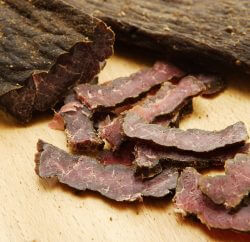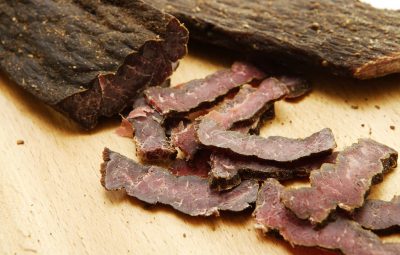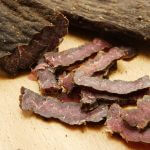
Whey protein is a great product that has hardly any side effects but many advantages. It will help you reach your personal goals in terms of fitness. Whey is an all natural product which is found in milk, however, it is a liquid in natural form and it goes through multiple steps of processing before whey powder is produced. One of the most widely used methods of producing Whey powder is hydrolysis.
Whey Protein Hydrolysate is the best post-workout protein around, but it is also very expensive. Hydrolyzed proteins generally taste foul, so here are some tips to consider when looking for a hydrolyzed product:
- The product you wish to buy should indicate the degree of hydrolysis applied to the protein. The higher the percentage it shows, the more hydrolysis that has taken place and the more bitter it will taste. If the product does not have this information, then ask the manufacturer.
- Packaging should display a table listing the molecular weights of the peptides in it. These peptides will be measured in Daltons. Usually the percentages are listed, e.g. Molecular weight 20,000-40,000 Daltons 40%.
- Whey Protein Hydrolysate contains virtually no biologically active protein fractions. All fractions are destroyed during the process.
- If you see any claims for biological value higher than 104, be careful as this is not possible!
In theory Whey Protein Hydrolysate is the ultimate protein to take immediately after a workout, as your body absorbs it very quickly simply because it is more digested than other whey proteins. As there are still oligopeptide chains in it though, it will still utilize both of the methods of absorbing protein in the intestine. But, the fact that there are virtually no biologically active protein fractions could be viewed as a drawback of Whey Protein Hydrolysate; so for this reason you should only use WPH pre- or post-workout. Use the other types of whey at other times of the day.
Whey Protein Hydrolysate is also used clinically in enteral tube feeds. It is used in this not because it’s absorbed more easily, but because it’s hypoallergenic. Some critically ill people and babies are allergic to certain fractions like the beta-lac; a way round this is to hydrolyze the protein, thus breaking down the allergen part of the protein into peptides. This will ensure that there are no adverse allergic reactions.


















